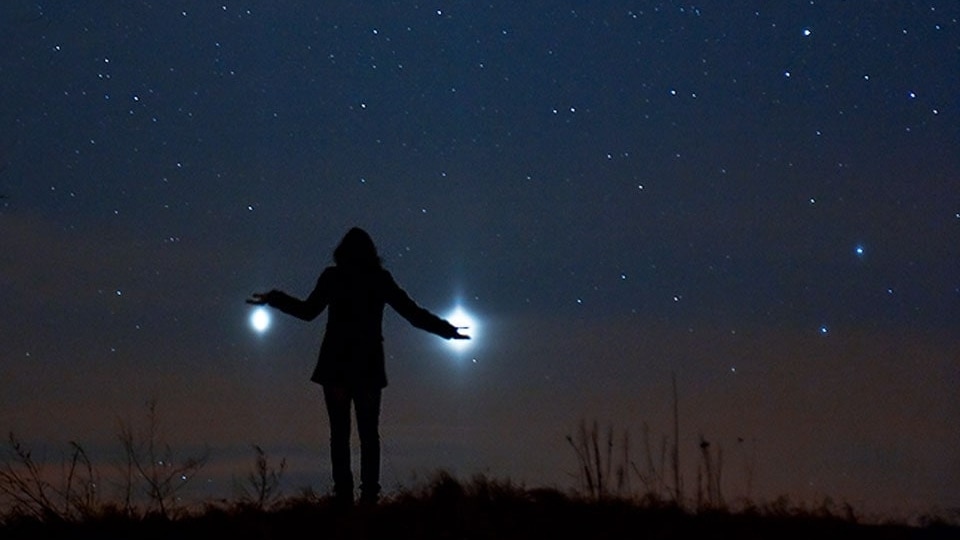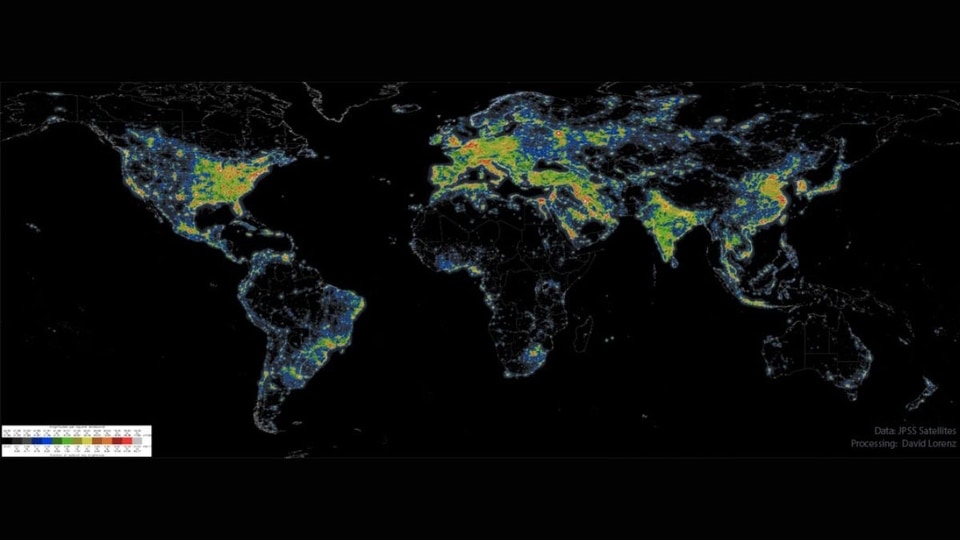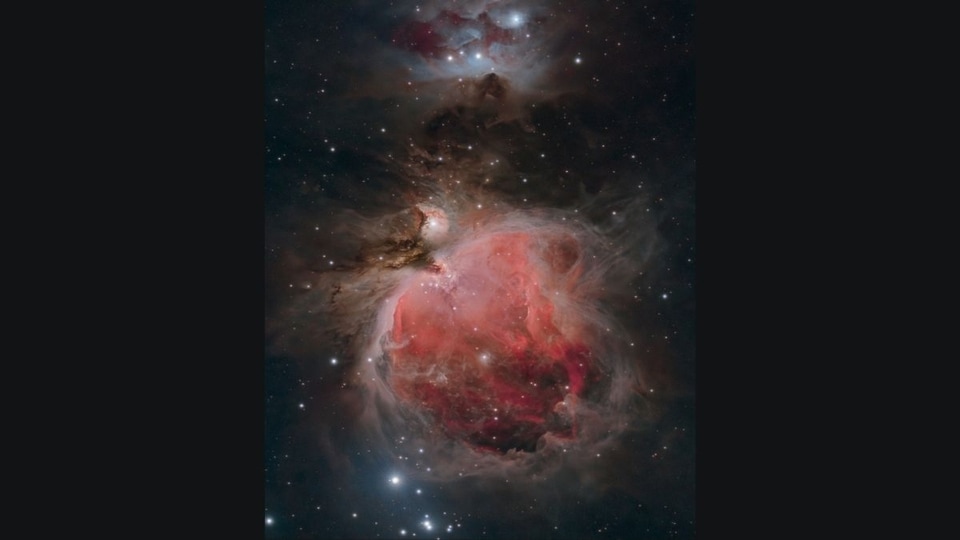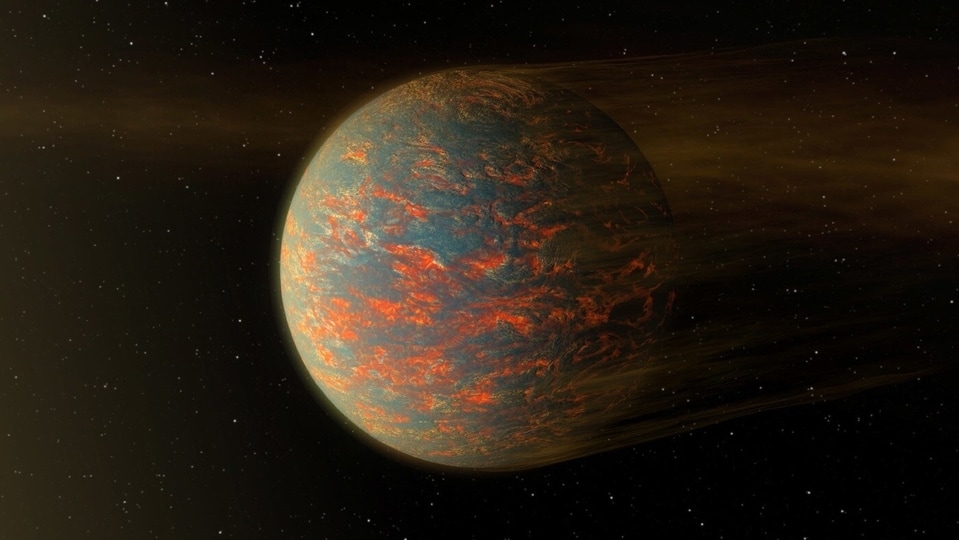9th planet in our solar system? Super Earth could spell trouble for us
What if there was another Earth in our solar system? What impact would this 9th planet have? A recent study has revealed it all.






 View all Images
View all ImagesHumans have been searching for a planet similar to Earth for more than a century now. Organizations such as NASA, ISRO, CNSA, and ESA have been using their vast resources such as the Transiting Exoplanet Survey Satellite (TESS) to explore potential planets that may be capable of supporting life in the future, in case the need to abandon Earth ever arises.
But what if there was a 9th planet located in our very own solar system? Not a dwarf planet like Pluto, but a “Super Earth” with size larger than Earth located between Mars and Jupiter – would it have any impact on our solar system? A recent study seems to have answered this hypothetical question.
Presence of a Super Earth
According to a study carried out at the University of California in Riverside, the presence of a Super Earth would wreak havoc on the solar system. The study involved simulating a Super Earth with varied masses, an exoplanet larger than Earth yet lighter than Neptune, between Mars and Jupiter to observe the impact it had on the orbits of other planets. Even a tiny change in Jupiter's orbit could have a cascading and devastating effect on all the other planets, according to the results of the study published in the Planetary Science Journal.
Stephen Kane, an astronomer at the University of California and the sole author of the study said in an article published in the UC Riverside News, “This fictional planet gives a nudge to Jupiter that is just enough to destabilize everything else. Despite many astronomers having wished for this extra planet, it's a good thing we don't have it.”
With a mass 318 times greater than Earth, Jupiter dwarfs all other planets in size. Therefore, its gravitational influence is immense and even the tiniest change could spell trouble for the rest of the planets.
Findings of the Study
The study found out that the presence of a Super Earth which influences Jupiter's gravitational impact could ultimately lead to the ejection of Mercury and Venus from our solar system while it could also destabilize the orbits of planets like Uranus and Neptune, pushing them out into space.
Kane further said, “Our solar system is more finely tuned than I appreciated before. It all works like intricate clock gears. Throw more gears into the mix and it all breaks.”
Earth, and ultimately humans, would suffer from the most devastating fate of all. The Super Earth could affect our Earth's orbit, which could lead to global extinction and Earth being not habitable at all.
The findings of this study could hint at the potential of life-sustaining conditions on planets within other solar systems.
Catch all the Latest Tech News, Mobile News, Laptop News, Gaming news, Wearables News , How To News, also keep up with us on Whatsapp channel,Twitter, Facebook, Google News, and Instagram. For our latest videos, subscribe to our YouTube channel.
































